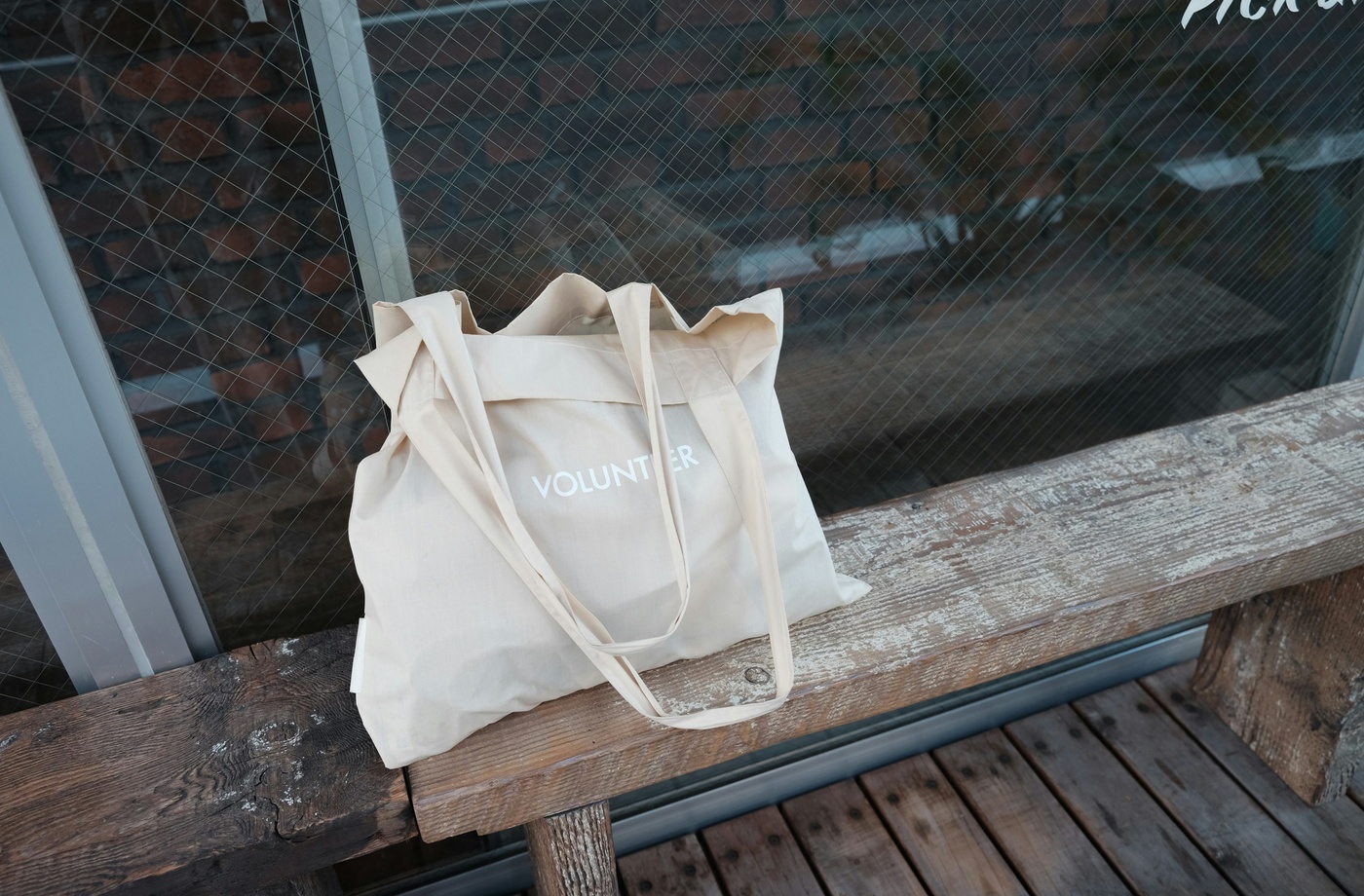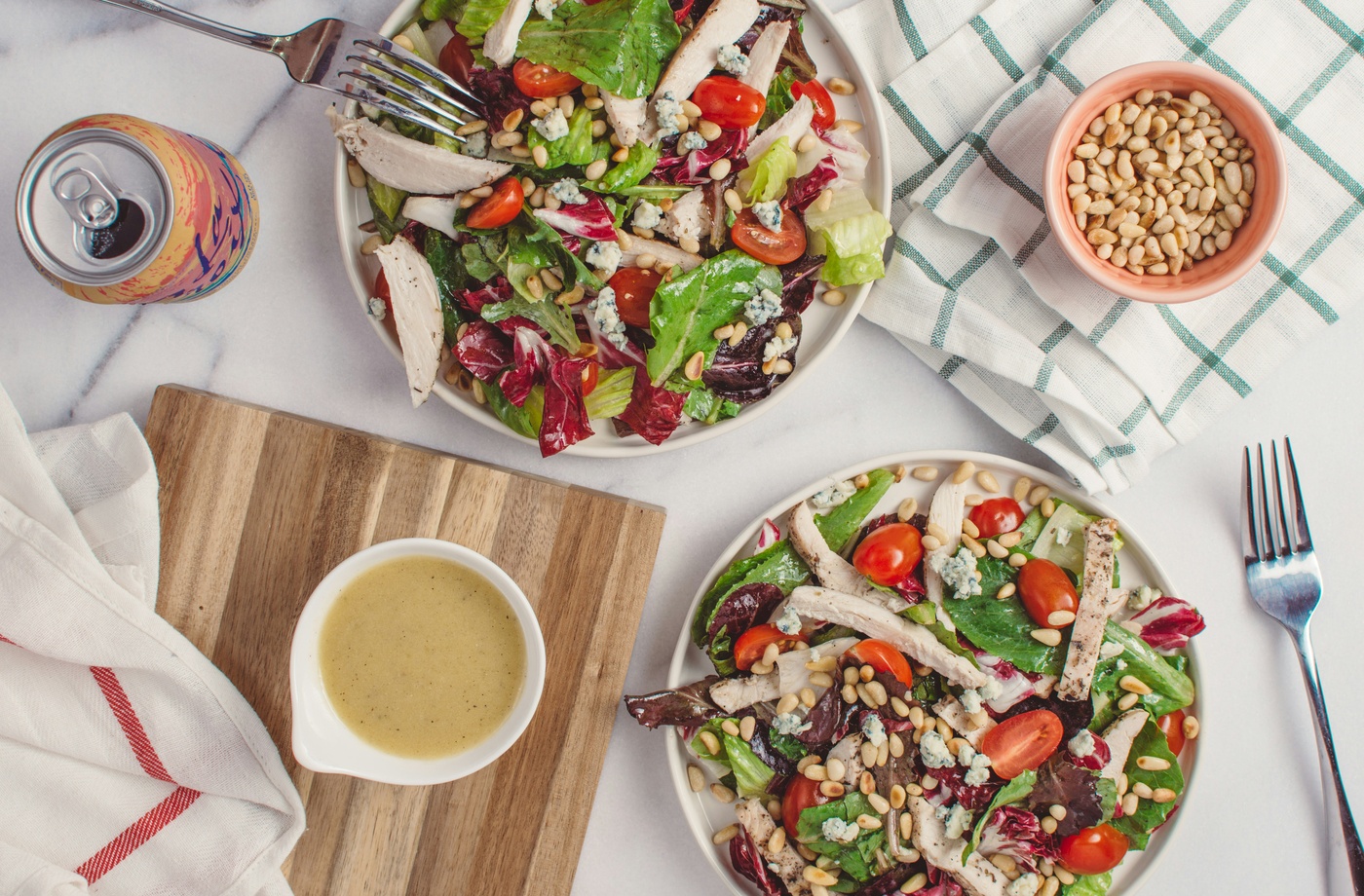Eating healthy does not have to be expensive. Many nutrient-dense foods are available for less than $5, making it possible to maintain a balanced diet even on a tight grocery budget. Here is a list of affordable superfoods, their nutritional benefits, and easy ways to incorporate them into your meals.
- Brown Rice
Rich in fiber, manganese, and magnesium, brown rice is a hearty base for countless meals. Use it for stir-fries, burrito bowls, or as a side dish. Learn more about its nutritional profile at MyPlate.gov. - Lentils
Packed with protein, iron, and folate, lentils cook quickly and are perfect for soups, salads, and stews. - Canned Tuna
An inexpensive source of lean protein and omega-3 fatty acids. Use it for sandwiches, salads, or quick tuna melts. - Eggs
A complete protein source and rich in vitamins B2, B12, and selenium. Scramble them, bake them, or make a nutritious breakfast sandwich. - Oats
Oats are a fiber powerhouse that support heart health. Make overnight oats, granola, or use them in smoothies. - Peanut Butter
Affordable and packed with protein and healthy fats. Spread on whole-grain bread or use in smoothies and energy bites. - Carrots
High in beta-carotene, fiber, and antioxidants. Snack raw, roast them, or add them to soups and stews. - Cabbage
Loaded with vitamins C and K, cabbage is great for slaws, soups, and sautés—and it lasts a long time in the fridge. - Sweet Potatoes
A rich source of vitamin A and fiber. Bake, mash, or roast for a delicious and filling side. - Bananas
Potassium-rich and energy-boosting, bananas are great for snacks, smoothies, and baking. - Canned Beans
Black beans, chickpeas, and kidney beans offer protein, fiber, and iron at a very low cost. Use them in salads, chilis, or homemade hummus. - Frozen Vegetables
Nutritionally comparable to fresh produce, frozen veggies like spinach, broccoli, and peas are budget-friendly and convenient. - Whole-Wheat Pasta
Offers more fiber and protein than traditional pasta. Pair it with homemade sauces for a healthy and inexpensive meal. - Greek Yogurt
High in protein and probiotics. Use it in smoothies, parfaits, or as a substitute for sour cream. - Apples
Affordable year-round and rich in fiber and vitamin C. Enjoy them fresh, baked, or sliced into oatmeal.
Practical Tips for Buying Healthy on a Budget
- Buy in Bulk: Purchase staples like oats, rice, and beans from the bulk bins to save money and reduce packaging.
- Use Cashback Apps: Before grocery shopping, buy discounted gift cards through Fluz for stores like Kroger, Safeway, and Albertsons to earn cashback. Stack additional savings with Rakuten and Ibotta offers for maximum impact.
- Meal Prep: Preparing meals at home helps control costs and portion sizes while avoiding the temptation of pricier takeout options.
Final Thoughts on Eating Healthy Without Overspending
Eating healthy on a budget is absolutely achievable with a little planning and strategic shopping. Focus on nutrient-dense, affordable foods and use cashback tools like Fluz to stretch your grocery dollars even further. Nutritious eating does not have to mean high prices—it just takes smart choices.



